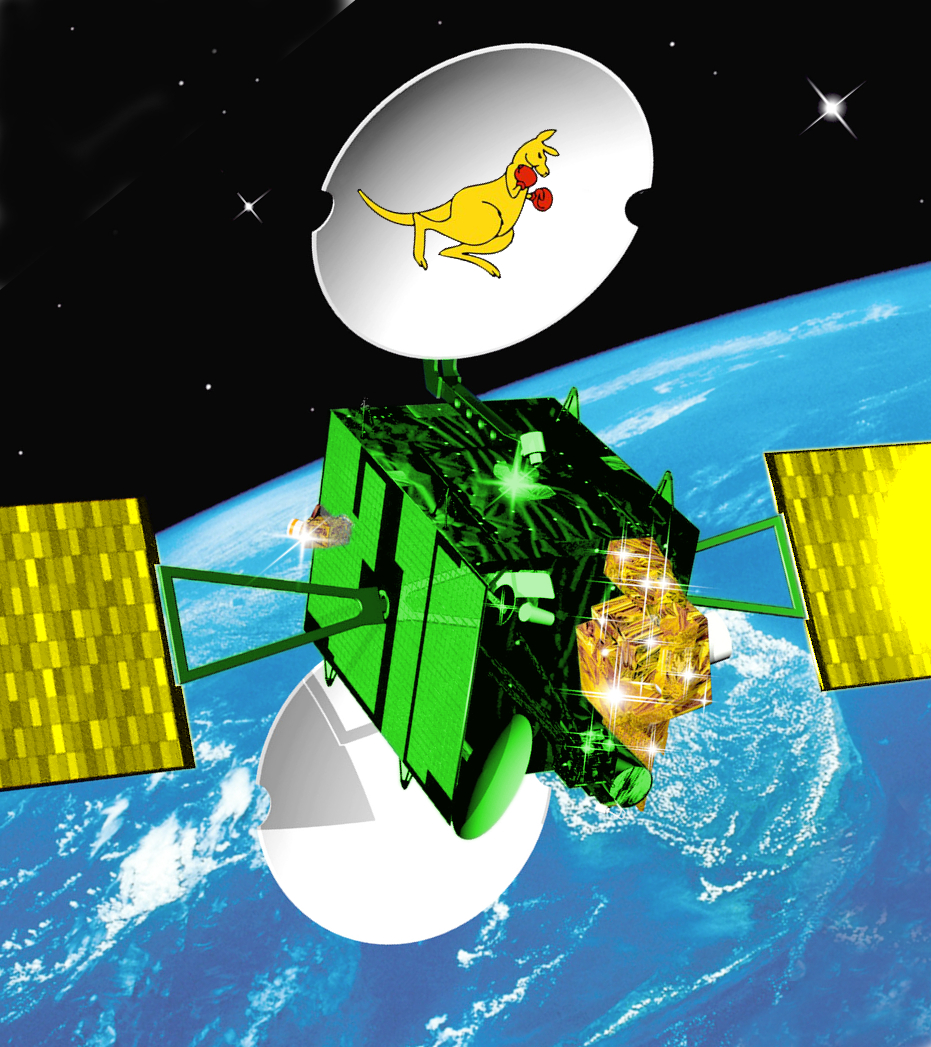Astronomical options at launch of new space site
 Australian space scientists will build a domestic satellite industry at the Advanced Instrumentation and Technology Centre (AITC), now that it is complete.
Australian space scientists will build a domestic satellite industry at the Advanced Instrumentation and Technology Centre (AITC), now that it is complete.
The Minister for Industry, Ian Macfarlane officially opened the Centre this week, which is the last building of the Mount Stromlo Observatory to be re-built following a 2003 Canberra firestorm.
The space sector generates up to $1.6 billion in revenue every year and employs over 4,000 scientists, engineers, policy makers and support personnel, but there is plenty of work that still cannot be done in Australia.
This is set to change, with Minister Macfarlane’s announcement that ANU has signed two major contracts totalling over $11 million for projects at the AITC.
The University has snared a $5 million design contract for one of the first instruments to be installed on the Giant Magellan Telescope (GMT), the GMT Integral Field Spectrometer.
“This will help find answers to questions about such cosmic mysteries as the formation of galaxies, dark matter and dark energy,” Mr Macfarlane said.
ANU Astronomy’s Professor Matthew Colless said the instrument will significantly advance local science.
“This is going to be a fantastic facility that will take full advantage of the giant mirror and give us images that are ten times sharper than the Hubble Space Telescope.”
The second contract is for a $6.4 million project to develop a space junk tracking system for the Korean Astronomy and Space Science Institute.
Australian researchers will provide technological support for industry partner EOS to build an adaptive optics system for a ground-based telescope system.
Professor Colless said the contracts will lead on to more work for the AITC.
“We expect a $20 million or thereabouts construction contract will follow on from the design contract,” he said.
“We have new capabilities that others didn’t have. We’re fortunate that we have fantastic people who here who are giving us that edge.”
The AITC has the only facilities in Australia enabling the engineering of equipment from the design stage through to launch-pad readiness.
The event concluded with Professor Colless presenting Minister Macfarlane with a 3D printed model of the Giant Magellan Telescope.








 Print
Print